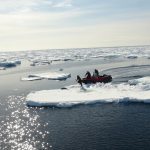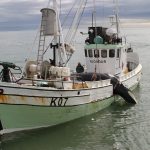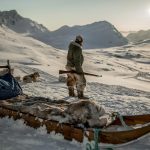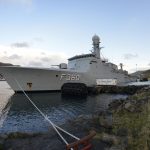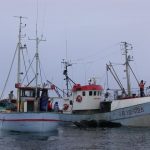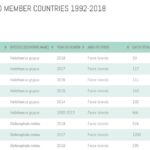Hunting is the most apparent man-made (anthropogenic) impact or pressure that marine mammals face. All Arctic marine mammal species and many sub-Arctic species have been hunted at some points and many still are today. High historic levels of catches depleted many populations, but a reduction in catch has allowed most species and stocks to increase and the majority are now able to sustain controlled level of removals, while still increasing.
There are presently seven seal species, six species of baleen whales and 10 species of toothed whales that are common residents in the NAMMCO area. The seven seal species, four baleen whale and eight toothed whale species are hunted at different levels (see table below), some with quotas or other hunting restrictions.

Icelandic fin whale steak with pepper sause © Þrir Frakkar.is
Today the most important product from whaling and sealing is meat (and blubber) for human consumption. Read more on marine mammals as food here.
Whaling and sealing continue to be a reality for many Northern coastal communities, simply because marine mammals are present, nearby and abundant, and therefore a logical resource in a scarce environment. They represent an invaluable resource, bringing food and money, as well as job opportunities in places where non-marine resources are limited and job opportunities few.
Hunting in NAMMCO countries is largely reported and controlled. Hunting statistics of the larger baleen whales are considered very reliable, as the animals are too big to be hunted undetected in shore operations. For other species, there may be some uncertainty in the hunting statistics, but our aim is to continue to improve the reliability of reporting. Past and present removals are included in population modelling and management advice. The number of animals that are struck but lost by the hunters are also included in hunting statistics, as either known or estimated values. Indeed, all direct non-natural mortalities (catch, by-catch and ship strike) should ideally be taken into account when estimating allowable catch levels.
Hunting removals may be the most apparent anthropogenic pressure that marine mammals face, but other pressures may be more problematic with respect to conservation. A sizable list of threats, almost all of them human-caused and with sometimes less tangible impacts, are more significant (e.g. Clapham 2016). See under By-Catch, Pollution and Noise for example.
In the NAMMCO area, hunting is the most controlled and controllable pressure and the easiest to manage, e.g. through the implementation and enforcement of hunting quotas or restrictions.
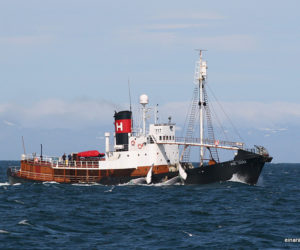
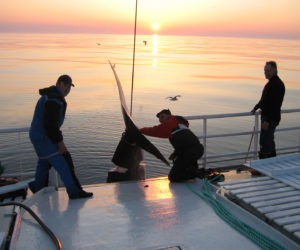
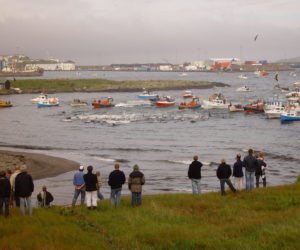
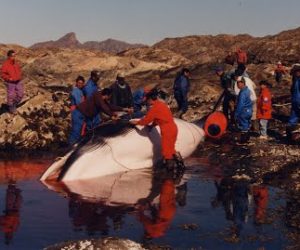
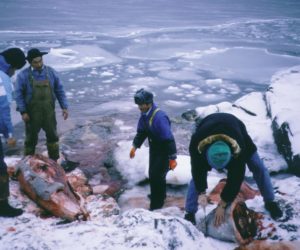
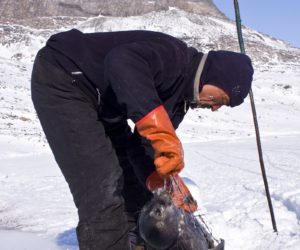
Hunting and conservation status of marine mammals in NAMMCO countries
The tables below give the status of resident marine mammal species in the NAMMCO countries: Faroe Islands (FO), Greenland (GL), Iceland (IS) and Norway (NO for mainland and NO-Sv for Svalbard). You can also read more on which species and by which methods they are hunted today in the NAMMCO countries here.


H, hunted; HQ, hunted with quota; HR, no quota but hunting restrictions (seasonal or needs-based); ~ not usually present in the area; P, protected; P~, protected but not usually present in the area.




